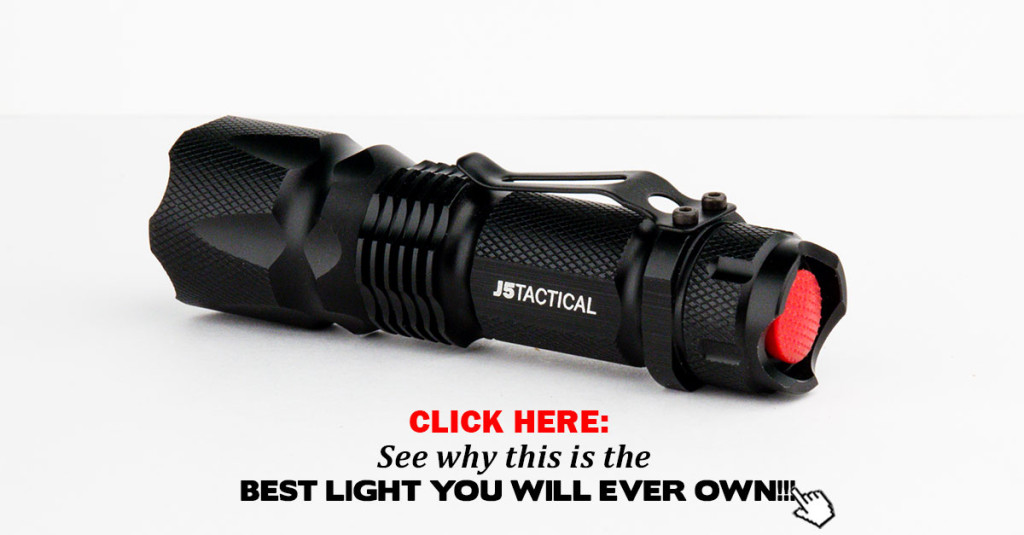What’s the Difference Between Water Resistance, Repellent and Waterproof?
Water Resistance
Water resistant products are engineered to provide a limited amount of protection when exposed to water. This can include special seals, coatings or the application of certain chemicals to keep the product from being destroyed by light contact with water. Consider how water-resistant watches or smartphones don’t fry out if they get a little wet. Some fabrics are water resistant as well, in addition to sprays that can be applied to things like boots or tents. This is considered to be the weakest form of water protection.
Water Repellent
Some materials and sprays provide a protective coating that prevents water molecules from adhering to the surface. This causes the water to either bead or sheet off the surface. However, it’s important to note that the product may not be as water-resistant as they are two different things. This form of protection is considered to be a little better than water resistance.
Waterproof
Waterproof products are intended to provide complete protection against the effects of water. However, not all waterproof products are created equally. There are many different levels of “waterproofing”, and it’s important to consider how you will be using a particular item. This will ensure that you are not exposing it to adverse conditions that could degrade or neutralize the intended level of protection.
For example, many products are rated to be waterproof to a certain depth. As things descend under water, pressure increases and will eventually cause the item to become breached and deform. It’s important to know the depth limit of the item that you are considering obtaining or using. For example, if you are diving and need a camera case, make sure that it is rated to withstand the pressure at the depth that you plan on taking pictures.
Items are also rated on time of exposure. For example, some items are made to be waterproof for a few hours whereas others can be submerged for longer periods of time. There are always the odd reports of smartphones being submerged near beaches or dive sites, only to be recovered, turned on and fully-functional. However, this is not always the case, and many items will cease to work once the waterproofing seals degrade to the point where water can seep in.
In terms of clothing, outdoor gear and footwear, many water-reducing products have a very short shelf-life. Furthermore, it is important to treat items on a periodic basis to maximize protection as well. Keep in mind that water-reducing products can also inhibit the flow of air through material, and this lack of circulation can interfere with temperature and moisture regulation.
The main lesson to learn here is that it’s important to read labels, ask questions and learn more about the level of protection that is found in particular products. Remember that quality matters, and you should always choose items that live up to their marketing claims as well. This will help you to save money and avoid dealing with any inconveniences or serious problems that can develop if they are used for the wrong purposes.




